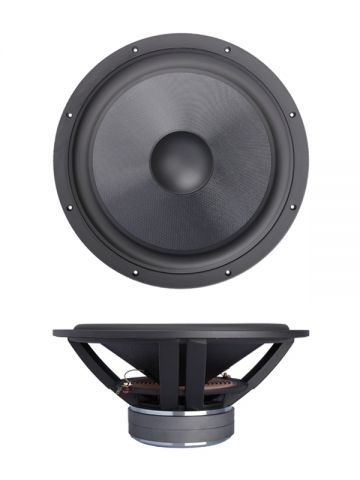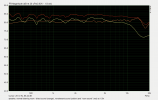I have to totally agree with you.
It's often the same people who only pay attention to the most linear on-axis frequency response possible, consider off-axis measurements to be of little relevance and at the same time emphasize how important room treatment is.
Of course, the poorer the off-axis quality of a loudspeaker, the more room treatment with absorbers is necessary (to achieve a tolerable tonal quality).
The importance of the overall radiation of a loudspeaker can easily be shown by looking at direct sound versus reverberant sound (contains only the early reflections and higher order reflections at the listening position). This distinction can easily be made in the measured impulse response, where reflections are easily recognizable as small peaks:
View attachment 341409
Then you can look at the corresponding frequency responses of direct sound versus reverberant sound to show their SPL ratio - in our example measured for a loudspeaker at a distance of 1.5m (below 200Hz gated measurement is not valid):
View attachment 341412
Even at a distance of just 1.5m, the reverberant sound is dominant in many frequency ranges.
This means, for example, that the tonality and timbre of a loudspeaker is dominated by the off-axis behavior of a loudspeaker in a normal listening room and listening distance.
So if one does not have 10cm thick absorber panels in one's listening room and thus pushes the reverberant sound below the direct sound, one should pay a lot of attention to the radiation of a loudspeaker.
Update: To show what the "room sound" (direct sound + reverberant sound, with 1/3 smoothing) looks like at a distance of 1.5m from the speaker, here is a diagram showing everything together:
View attachment 341423



